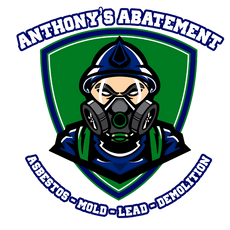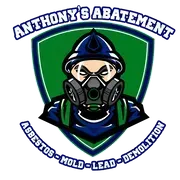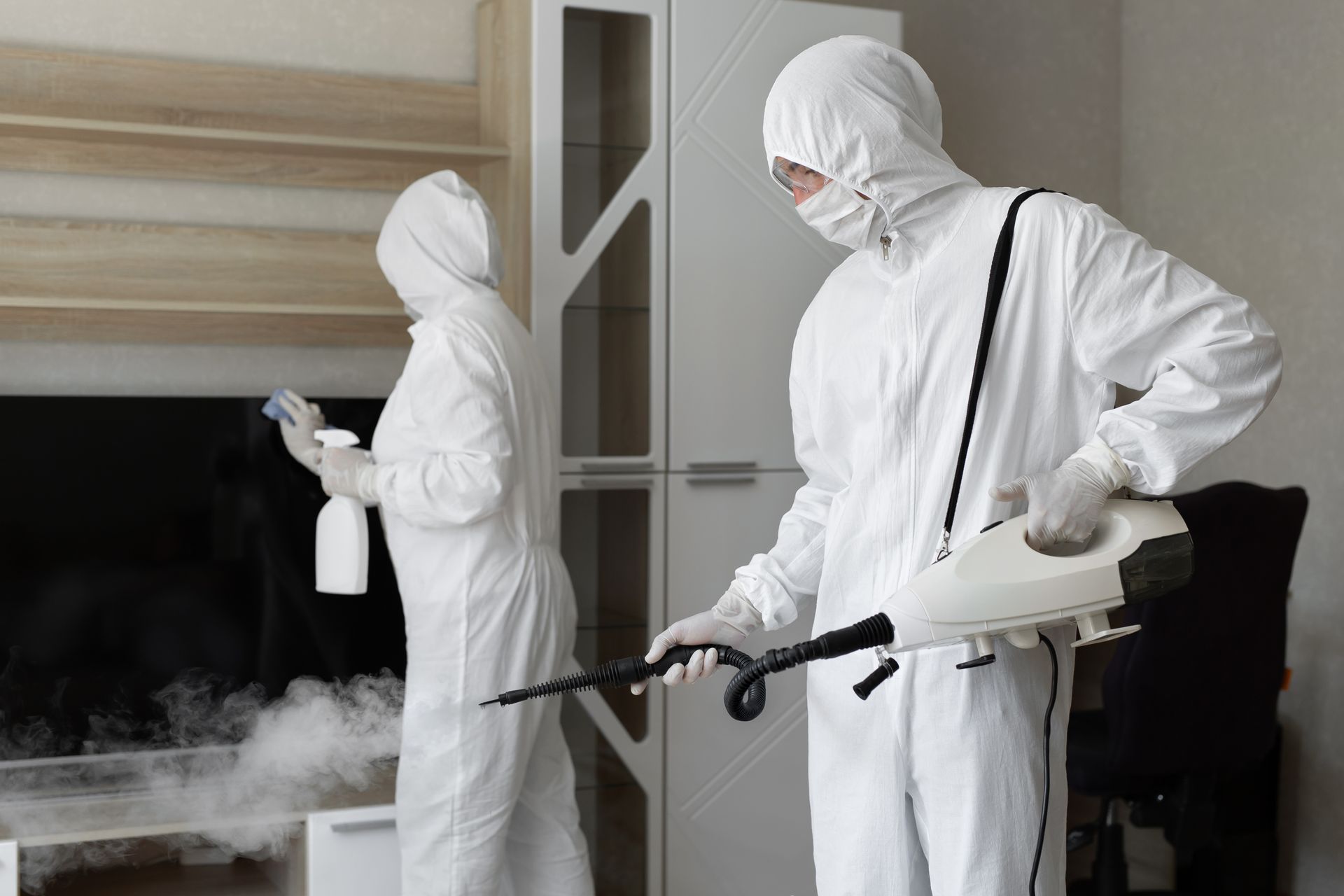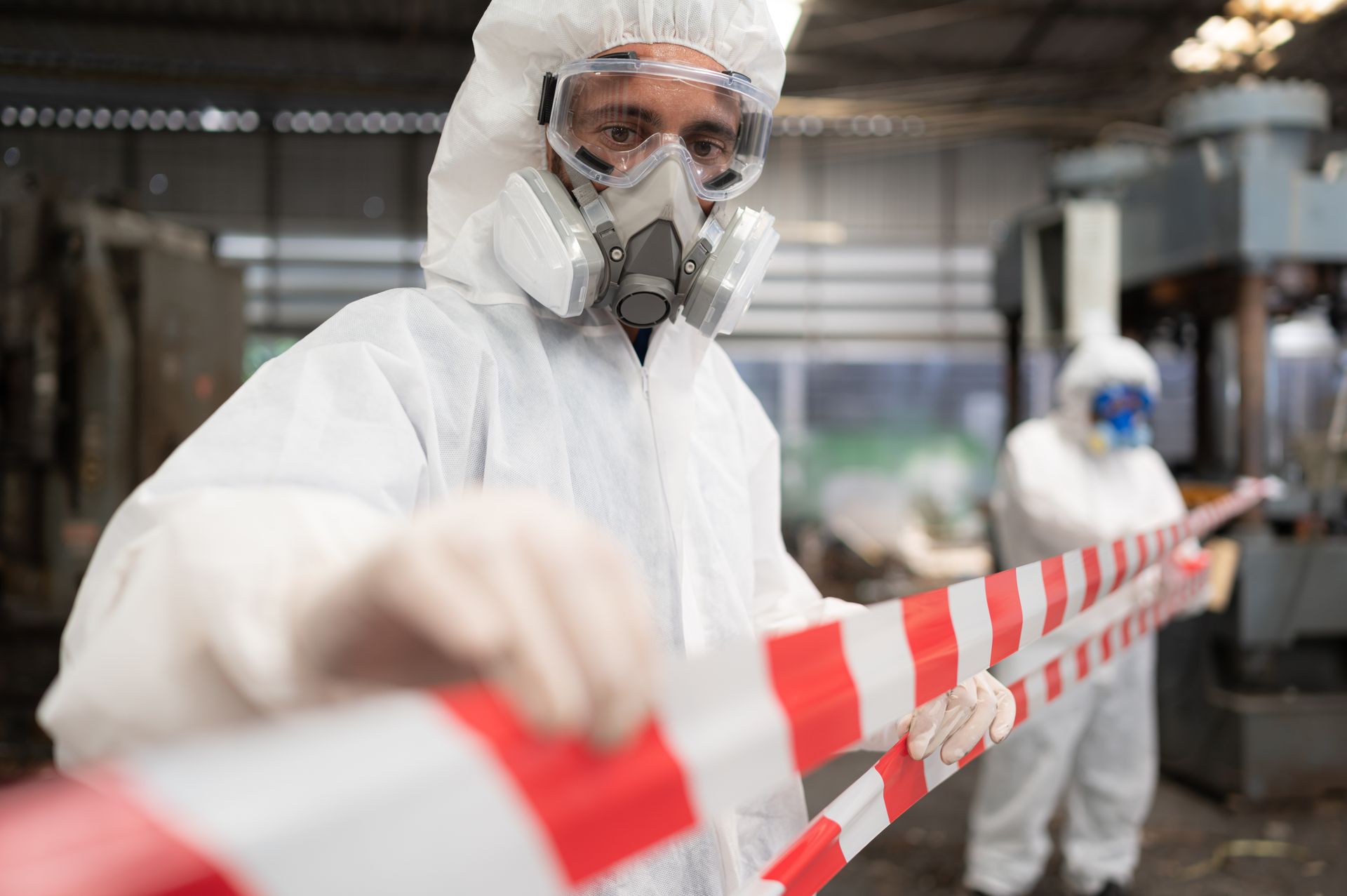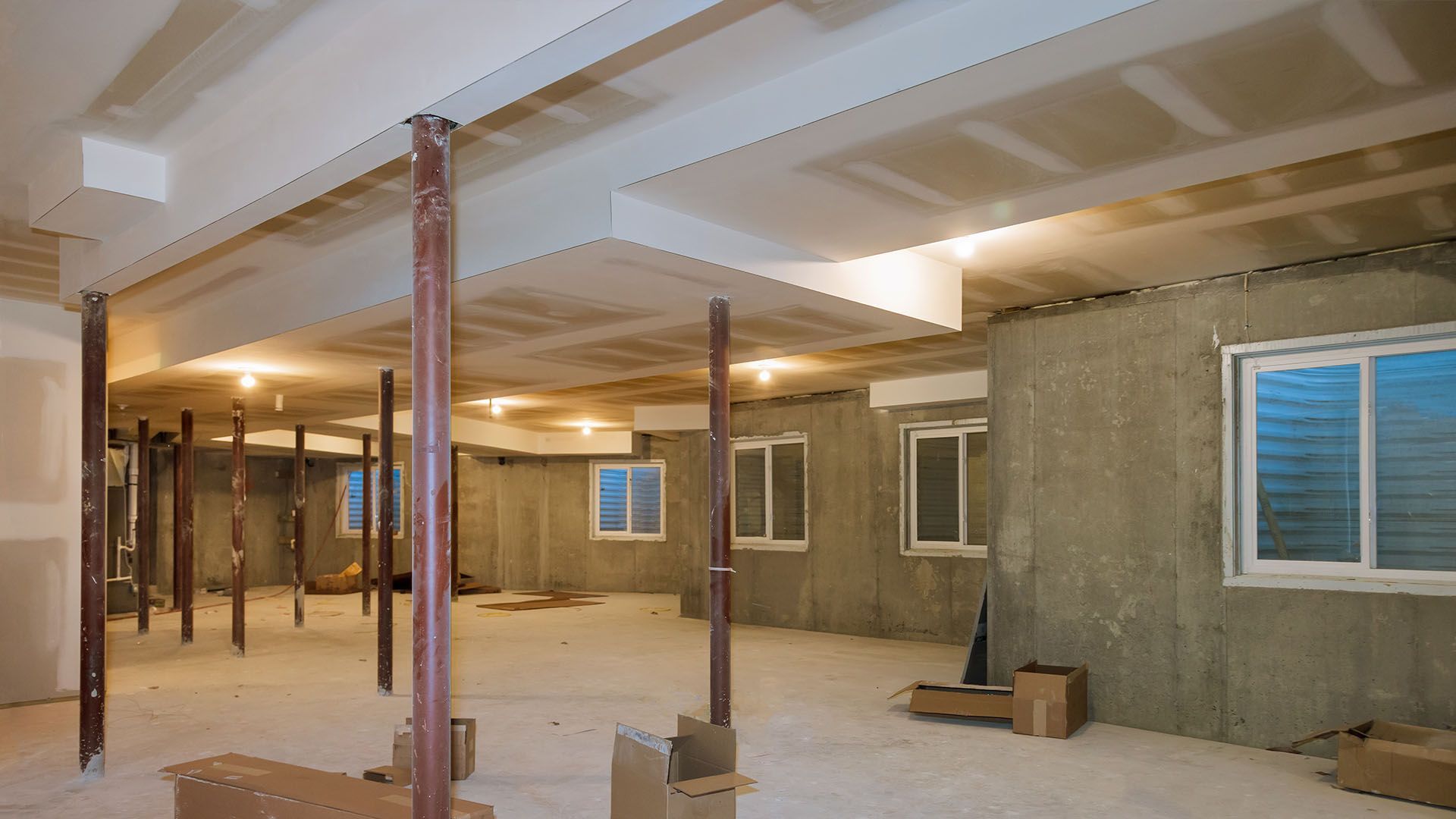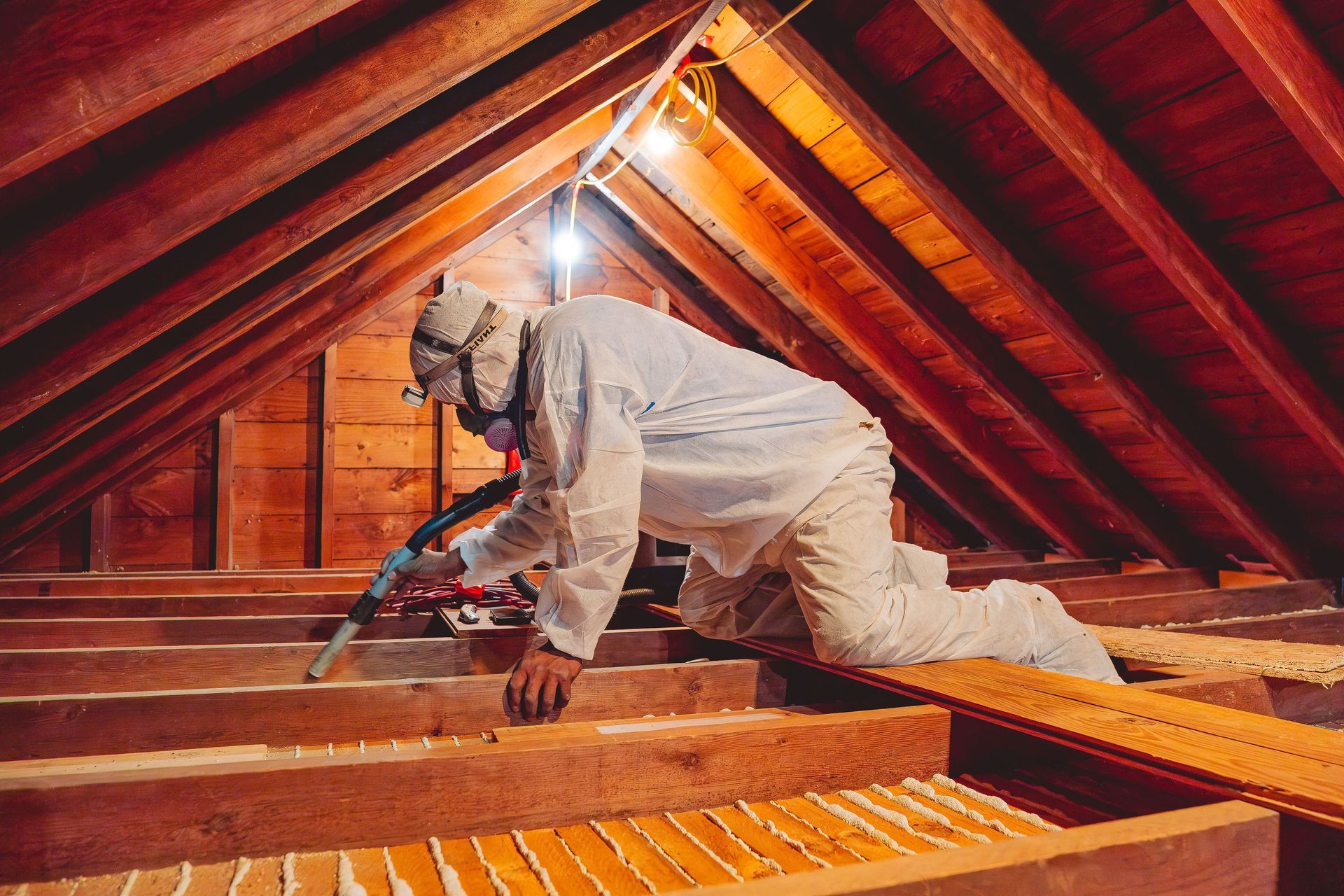How to Identify Asbestos: What Does Asbestos Look Like?
Asbestos typically appears in fibrous bundles and can be blue, brown, white, or green. It’s often found in older construction materials like insulation, tiles, and roofing. Knowing “what does asbestos look like” can help you avoid dangerous exposure.
Key Takeaways
- Asbestos can appear in various forms and colors, including blue Crocidolite, brown Amosite, and white Chrysotile, and is often concealed within older building materials such as cement products, insulating boards, and textured coatings.
- Effective identification of asbestos-containing materials (ACMs) in buildings requires both visual inspections and professional testing, especially for materials like floor tiles, sprayed coatings, and thermal insulation.
- Handling asbestos safely mandates stringent precautions, including proper protective attire, wetting down materials to reduce fiber release, and adhering to strict disposal protocols to mitigate health risks associated with asbestos exposure.
Recognizing Asbestos in Its Raw Form
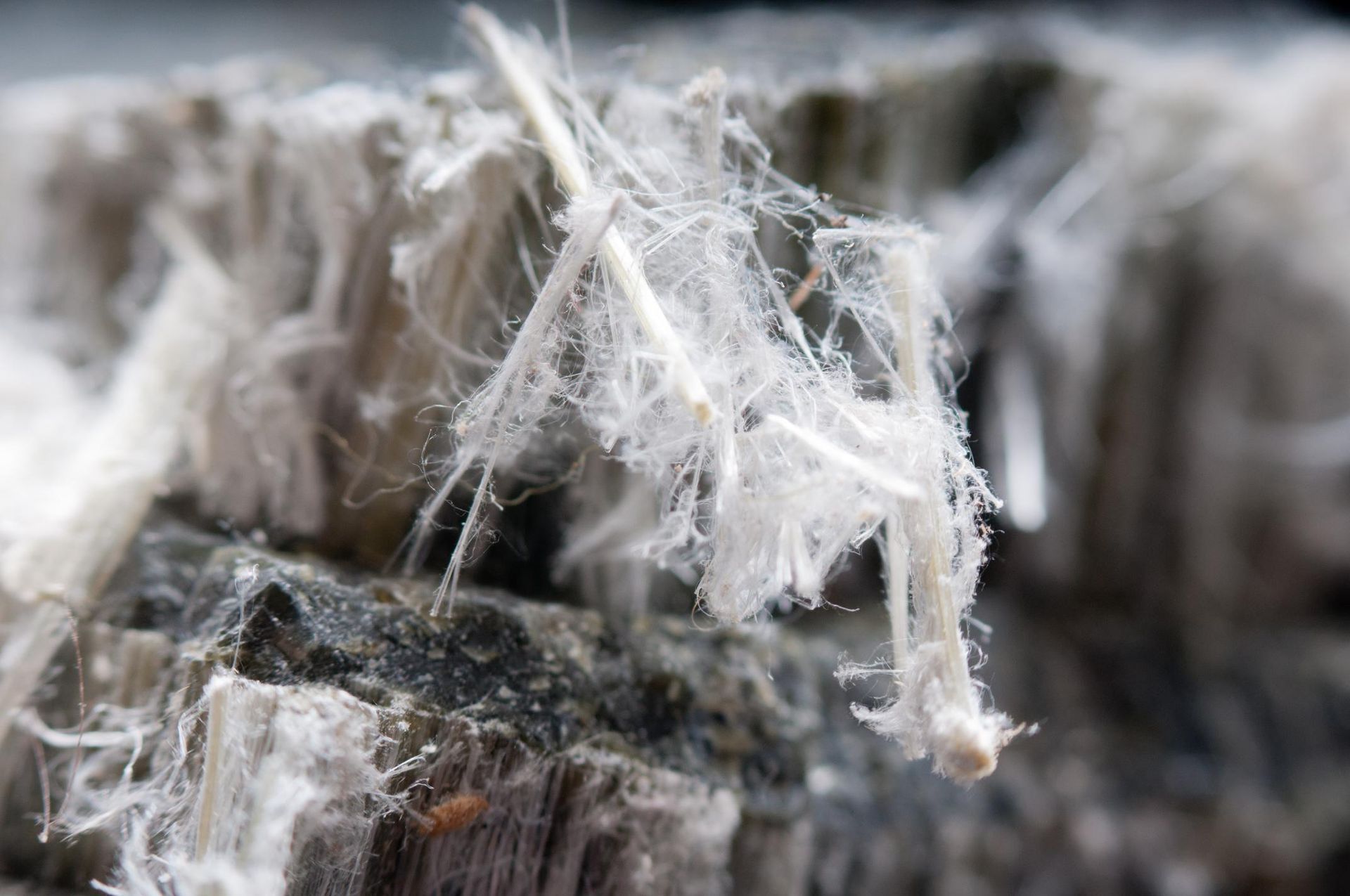
Identifying asbestos in its raw form can feel like looking for a needle in a haystack. To identify asbestos, it’s important to know the three main types—Crocidolite (blue), Amosite (brown), and Chrysotile (white)—each with distinct characteristics:
- Crocidolite, known as blue asbestos, has a striking blue fibrous appearance
- Amosite presents itself in a brown hue
- Chrysotile, the most common type, is typically white.
Beyond these primary colors, raw asbestos fibers can also appear in green and other shades, adding to the complexity of visual identification. These fibers are soft and can easily become airborne if disturbed, posing significant health risks. Imagine the danger lurking in a seemingly innocuous pile of dust or debris. Recognizing these fibers is the first step in preventing asbestos exposure and the subsequent asbestos-related diseases.
While understanding the visual cues of raw asbestos is important, that’s only part of the identification process. Often, asbestos is concealed within building materials, so knowing where to inspect is equally significant. Let’s move on to identifying asbestos-containing materials in buildings—a task that requires a keen eye and sometimes professional assistance.
Identifying Asbestos-Containing Materials in Buildings
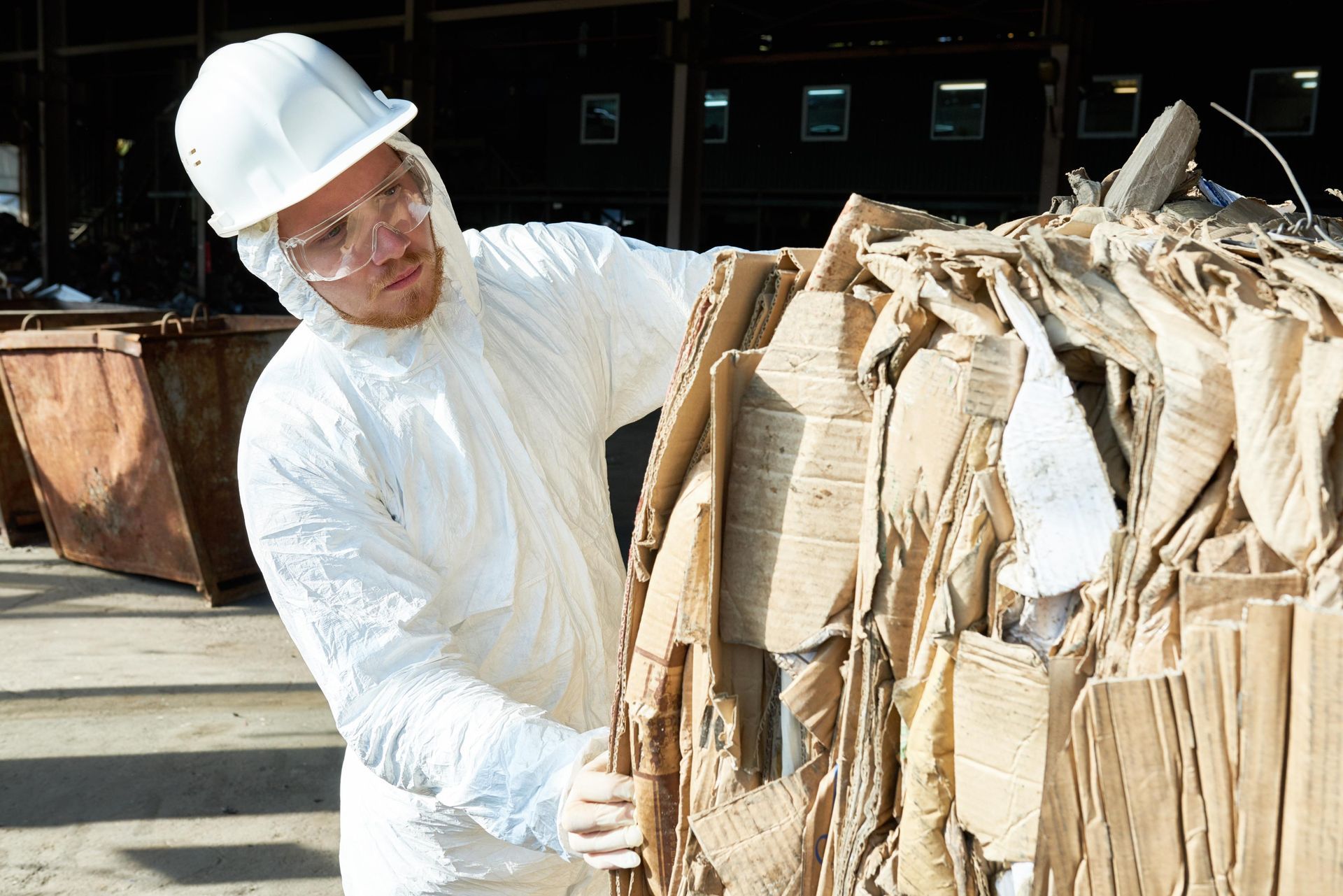
Asbestos-containing materials (ACMs) were extensively used in buildings constructed or refurbished before 2000. Think about the era of rapid industrial growth and modernization—factories, hospitals, warehouses, and even domestic houses relied on asbestos for its durability and insulating properties. But these materials now pose hidden dangers in the very walls, roofs, and floors they were meant to protect.
Detection of asbestos in buildings extends beyond a mere visual inspection. Various building materials, such as:
- cement products
- insulating boards
- textured coatings
- floor tiles
Could contain asbestos. Each type of material has distinct characteristics and risks, which we’ll explore in the following subsections.
From asbestos cement products to insulating boards and textured coatings, understanding these materials is key to identifying potential hazards.
Asbestos Cement Products
Asbestos cement, a mixture of white asbestos (chrysotile) and regular cement, was widely used for its strength and resistance to corrosion. Picture the corrugated roofing sheets on old garages or the drainpipes and gutters on historic buildings—these are common applications of asbestos cement. The material often appears grey and smooth, blending seamlessly with other cement products.
However, the process of pinpointing asbestos cement can be complex at times. When broken, these products may reveal small fibers within, but the only definitive way to confirm the presence of asbestos is through laboratory testing. In buildings constructed before 2000, there’s a significant chance that thin sheets or corrugated panels contain asbestos, necessitating caution and professional assessment.
Asbestos Insulating Board (AIB)
Asbestos Insulating Board (AIB), also known as asbestos insulation board, is another common material where asbestos might be hiding. AIB was frequently used for:
- Ceiling tiles
- Panels below windows
- Soffits
- Partition walls
- Fireproofing panels in fire doors
Its versatility made it a popular choice in various construction applications, but this also means it’s widespread in older buildings.
The danger with AIB lies in its high risk of fiber release when disturbed. Even minor damage can release asbestos fibers into the air, posing significant health risks. Identifying AIB demands a discerning eye and, frequently, professional examination to affirm its presence and manage it safely.
Asbestos Textured Coatings
‘Artex’ and similar textured coatings were commonly applied to ceilings and walls to achieve decorative finishes. They added depth and character to the surfaces. These coatings are characterized by their white color, swirls or stippled patterns, and hard texture. Often painted over, they can be deceptive, hiding their true nature beneath layers of paint.
An asbestos ‘Artex’ coating usually presents a bumpy, swirly design that may aid in its recognition, yet its identification can be challenging without conducting tests. While a license isn’t required to work on asbestos textured coatings, any such work should be undertaken with a suitable risk assessment and adequate training to minimize exposure risks.
Loose Fill Asbestos Insulation
Asbestos loose fill insulation is perhaps one of the most visually distinctive forms of asbestos insulation. It appears fluffy and dense, often looking grayish-brown or silver-gold. Composed of pure asbestos, this type of insulation was used in various applications, including between cavity walls, under floorboards, and in loft spaces.
The health hazards associated with loose fill asbestos insulation are significant. The fibers crumble readily when disturbed, leading to a high risk of inhalation. Handling or removing loose asbestos requires a license and proper training to prevent exposure and ensure safety.
Sprayed Asbestos Coatings
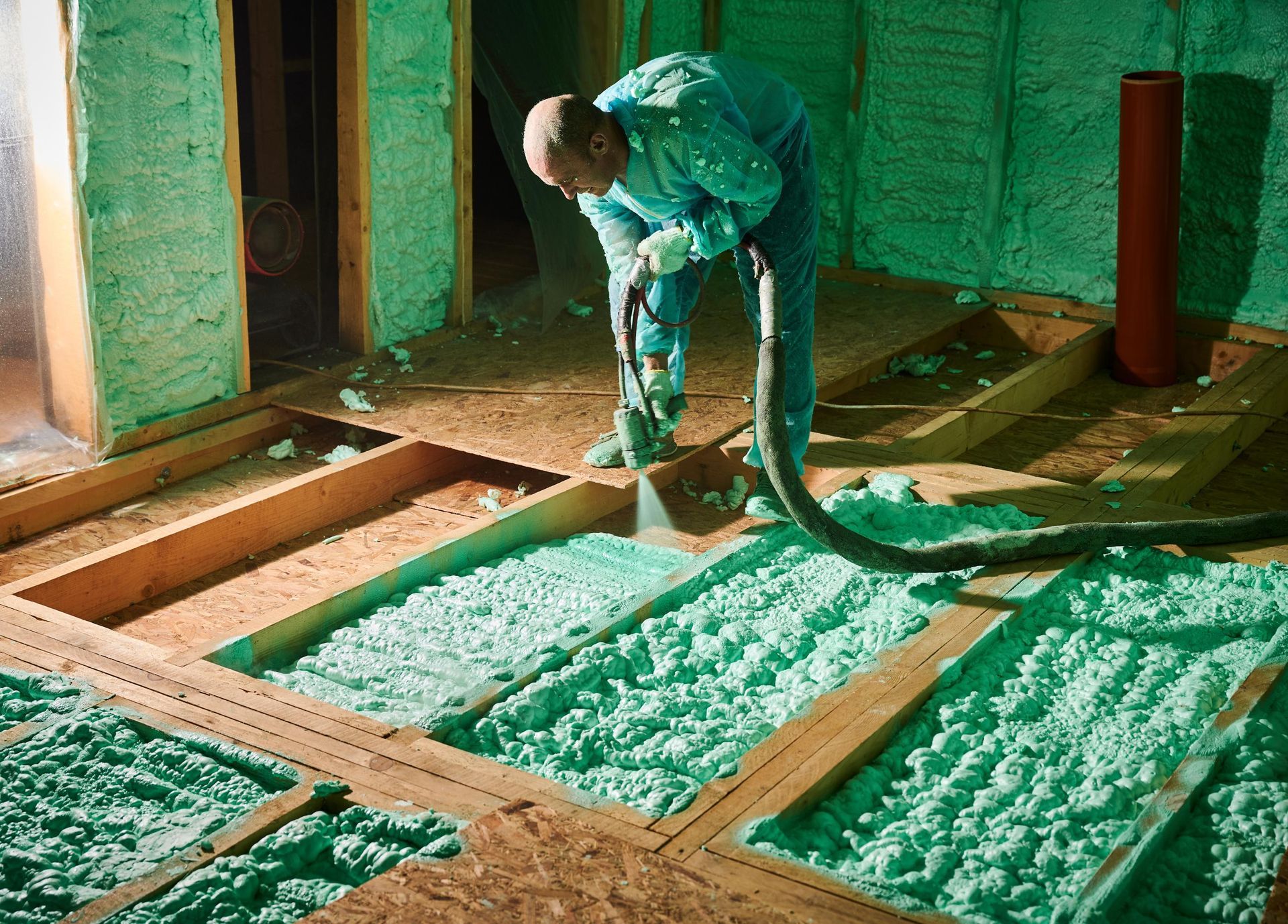
Sprayed asbestos coatings often resemble a lumpy, white or grey concrete-like substance. These coatings were commonly applied to ceilings, walls, and steel structures to provide fireproofing and insulation. Their highly visible, rough surface makes them relatively easy to spot, but their danger lies in the ease with which fibers can be released.
Even minor disturbances to sprayed asbestos coatings can release a significant amount of asbestos fibre and asbestos particles into the air, posing severe health risks. Over time, these coatings may fray and fall off in clumps, making them one of the most dangerous asbestos-containing materials.
Asbestos Thermal Insulation
Asbestos thermal insulation was used extensively to insulate boilers, pipes, and pressure vessels. This type of insulation could be hand-applied or preformed, resembling modern fiberglass insulation sections. Preformed blocks and corrugated paper were also common applications.
The visual characteristics of asbestos thermal insulation vary, but it often appears similar to modern insulation materials. Identifying it requires careful examination and, often, professional testing to confirm its presence and ensure safe handling.
Asbestos Floor Tiles
Identifying asbestos floor tiles visually is nearly impossible due to the microscopic nature of asbestos fibers. These tiles were commonly made of asbestos bonded with materials such as asphalt or vinyl, offering qualities like thermal resistance and soundproofing.
The only reliable method to confirm the presence of asbestos in floor tiles is through laboratory testing. Asbestos floor tiles are often found under carpets and newer floor coverings, and while they are considered relatively low-risk because they are non-friable, disturbing them can still pose health hazards.
Asbestos Rope Seals and Gaskets
Asbestos rope seals and gaskets have a distinctive strained white appearance. These materials were used in various industrial and domestic equipment, providing heat resistance and sealing capabilities.
To confirm the presence of asbestos in rope seals and gaskets, a testing kit can be used. While non-licensed workers can handle or remove these materials if they have received proper training, the risks associated with asbestos exposure necessitate caution and adherence to safety protocols.
Asbestos in Electrical Components
Asbestos was frequently used in electrical components for its fire, heat, and electricity-resistant properties. Older electrical panels and circuit breakers often contained asbestos-based components for insulation and fireproofing.
Potential asbestos-containing materials in older equipment include:
- Electrical wiring insulation
- Motors
- Capacitors
- Resistors
Asbestos cloth, tape, and asbestos paper were also used to wrap around electrical components, providing protection from heat and fire.
Testing for Asbestos
Identifying asbestos often requires laboratory testing, as visual identification alone is insufficient. Home asbestos testing kits are available, but professional asbestos testing services are recommended for accuracy and safety.
Accredited asbestos professionals use high-end testing equipment and follow strict safety protocols, ensuring thorough inspections and accurate results. Testing is especially recommended if building materials are damaged or if there are plans to disturb them during renovations.
Safety Precautions When Handling Asbestos
Handling asbestos mandates stringent safety measures to avert exposure to asbestos fibers. Donning personal protective attire and equipment is a must. Employees must receive training on the health effects, hazard communication, and proper handling procedures.
Wet down asbestos materials before and during work to minimize fiber release, and use non-powered hand tools to reduce dust generation. Seal the work area, inform neighbors, and dispose of asbestos waste in sealed, impermeable bags or containers.
Health Risks Associated with Asbestos Exposure
Asbestos fiber inhalation can give rise to severe illnesses like asbestosis, lung cancer, and mesothelioma. Indeed, there’s no safe level of asbestos exposure; even minute quantities can pose a threat to health.
The latency period for asbestos-related diseases can range from 10 to 40 years. Factors such as dose, duration, and individual characteristics affect the health risks, with all types of asbestos fibers considered dangerous when inhaled.
Legal Implications and Compliance
Employers have a legal duty to ensure that no employee is exposed to airborne asbestos concentrations exceeding 0.1 fiber per cubic centimeter of air over an 8-hour time-weighted average. This involves establishing regulated areas wherever these concentrations are exceeded and monitoring employee exposure to asbestos.
Additionally, employers must:
- Provide medical surveillance programs for employees exposed to asbestos at or above permissible exposure limits
- Post warning signs in regulated areas
- Prohibit the use of compressed air to remove asbestos unless used with a ventilation system that captures the dust cloud
Adherence to these regulations is paramount to guarantee the safety of workers and the wider public, and to uphold environmental protection laws.
Summary
Identifying asbestos and understanding its many forms is essential for ensuring safety in both residential and commercial buildings. From recognizing raw asbestos fibers to identifying asbestos-containing materials in buildings, each step is crucial in preventing asbestos exposure and the associated health risks. Professional testing and strict safety precautions are paramount when handling asbestos to minimize potential hazards.
In conclusion, knowledge and vigilance are your best defenses against the hidden dangers of asbestos. By being informed and cautious, you can protect yourself and others from the serious health risks posed by this once widely-used material. Remember, when in doubt, always seek professional assistance to ensure the highest level of safety and compliance.
